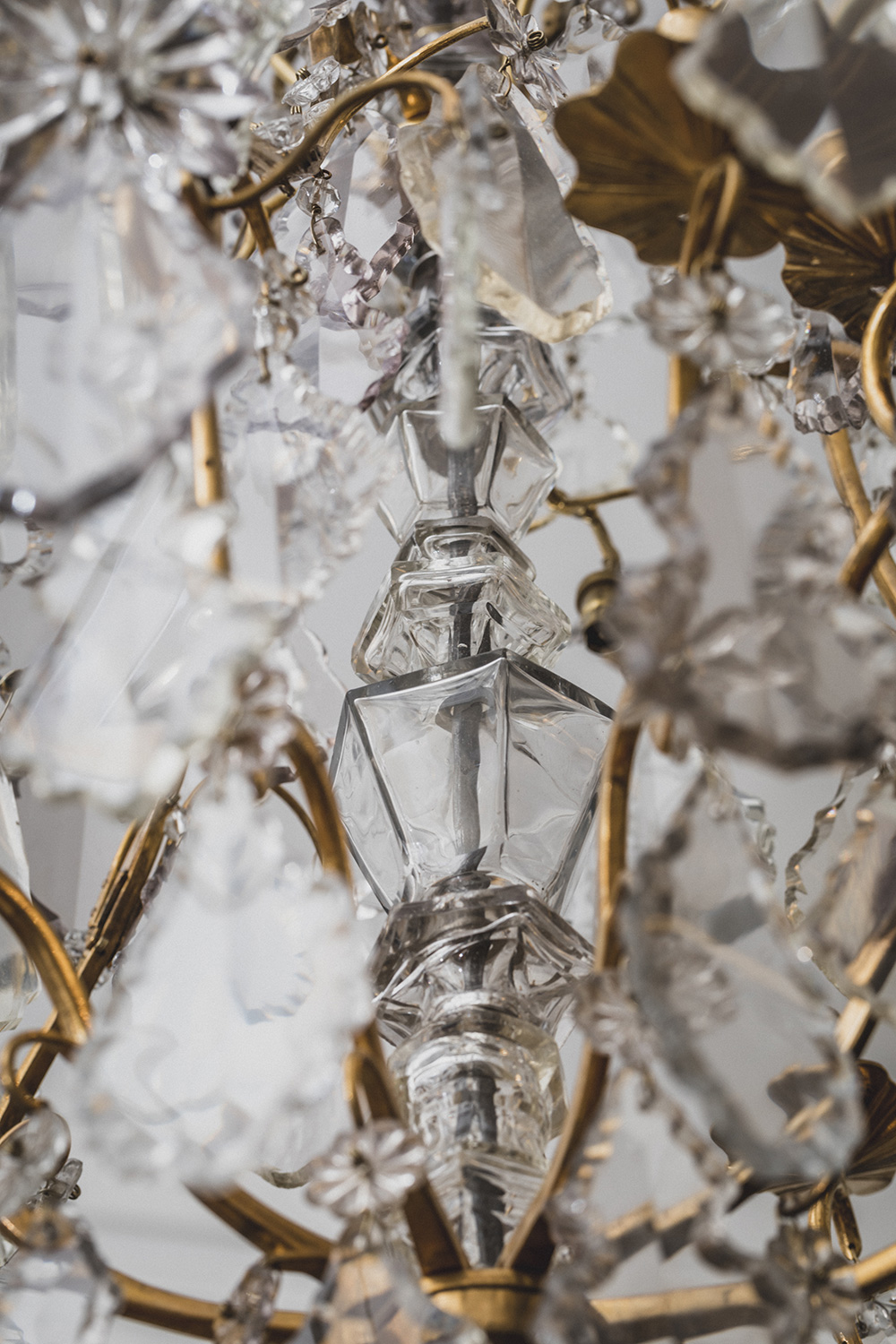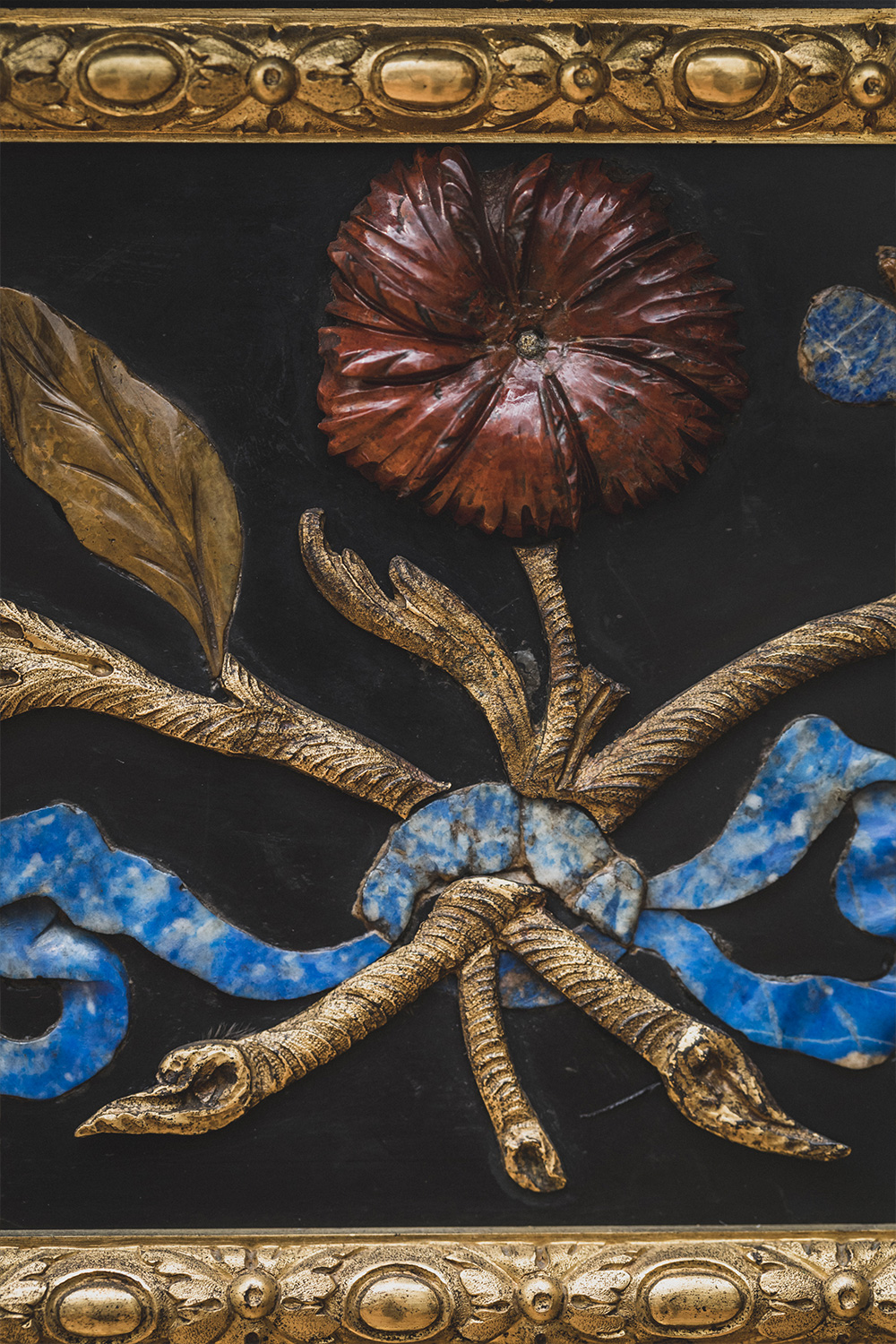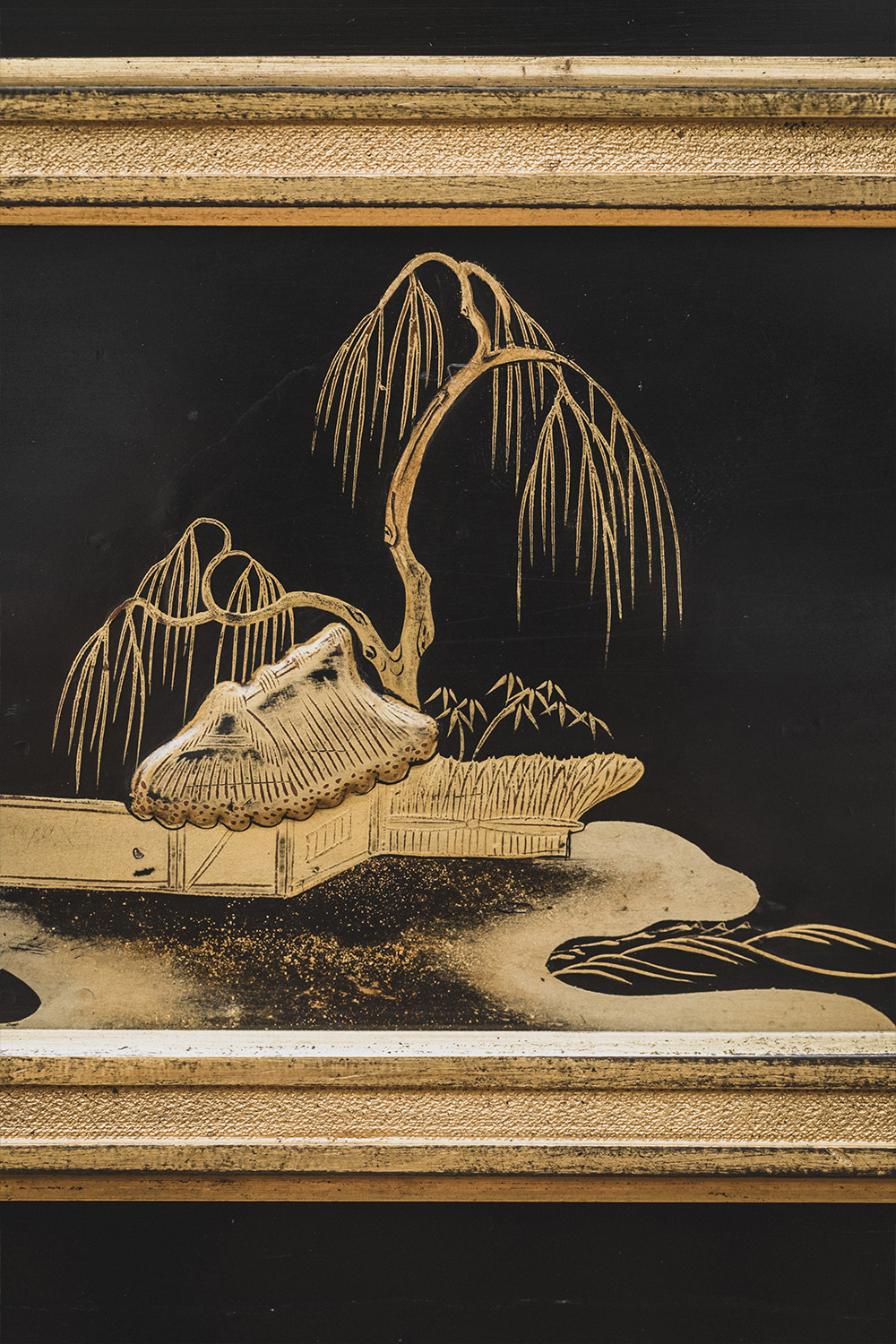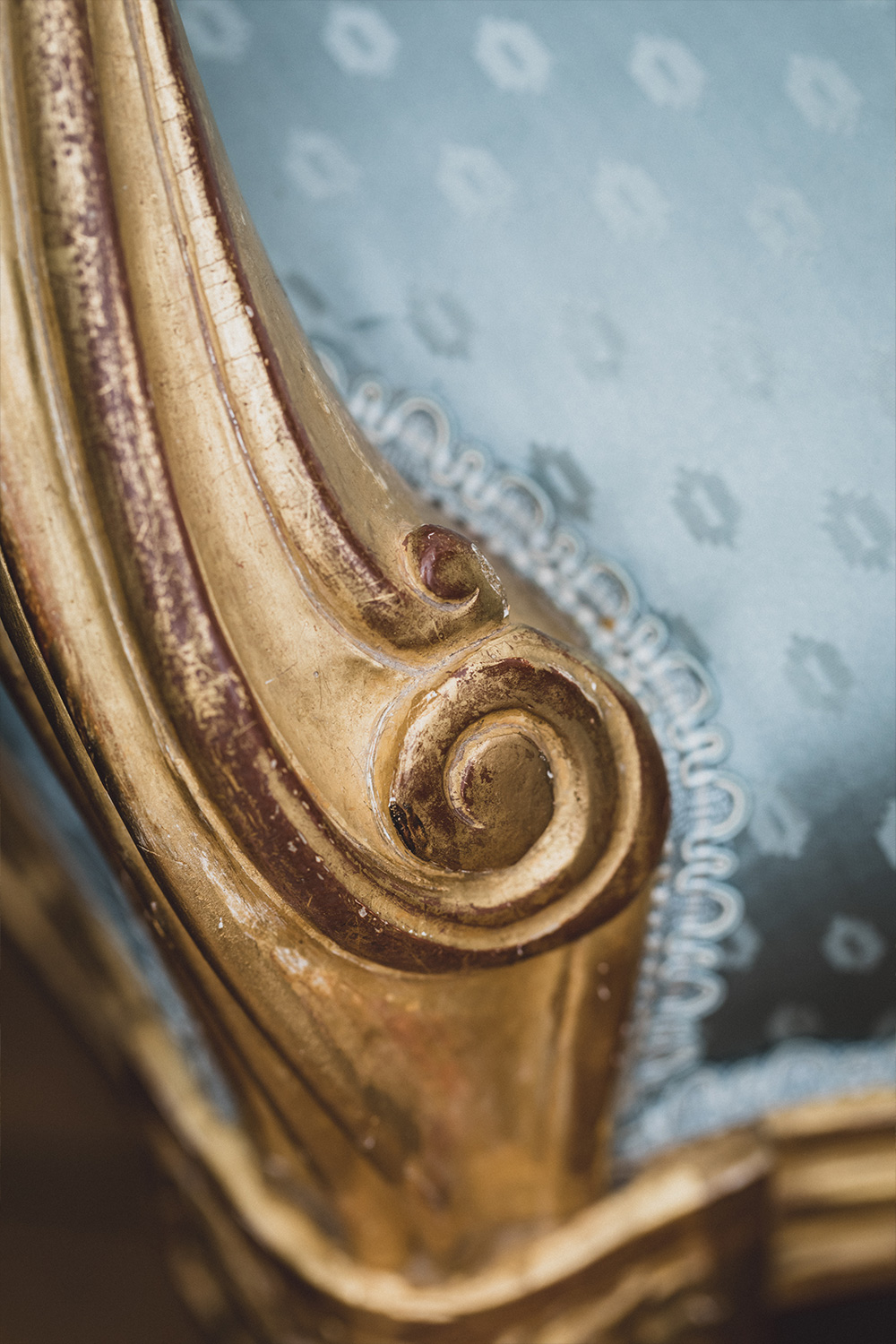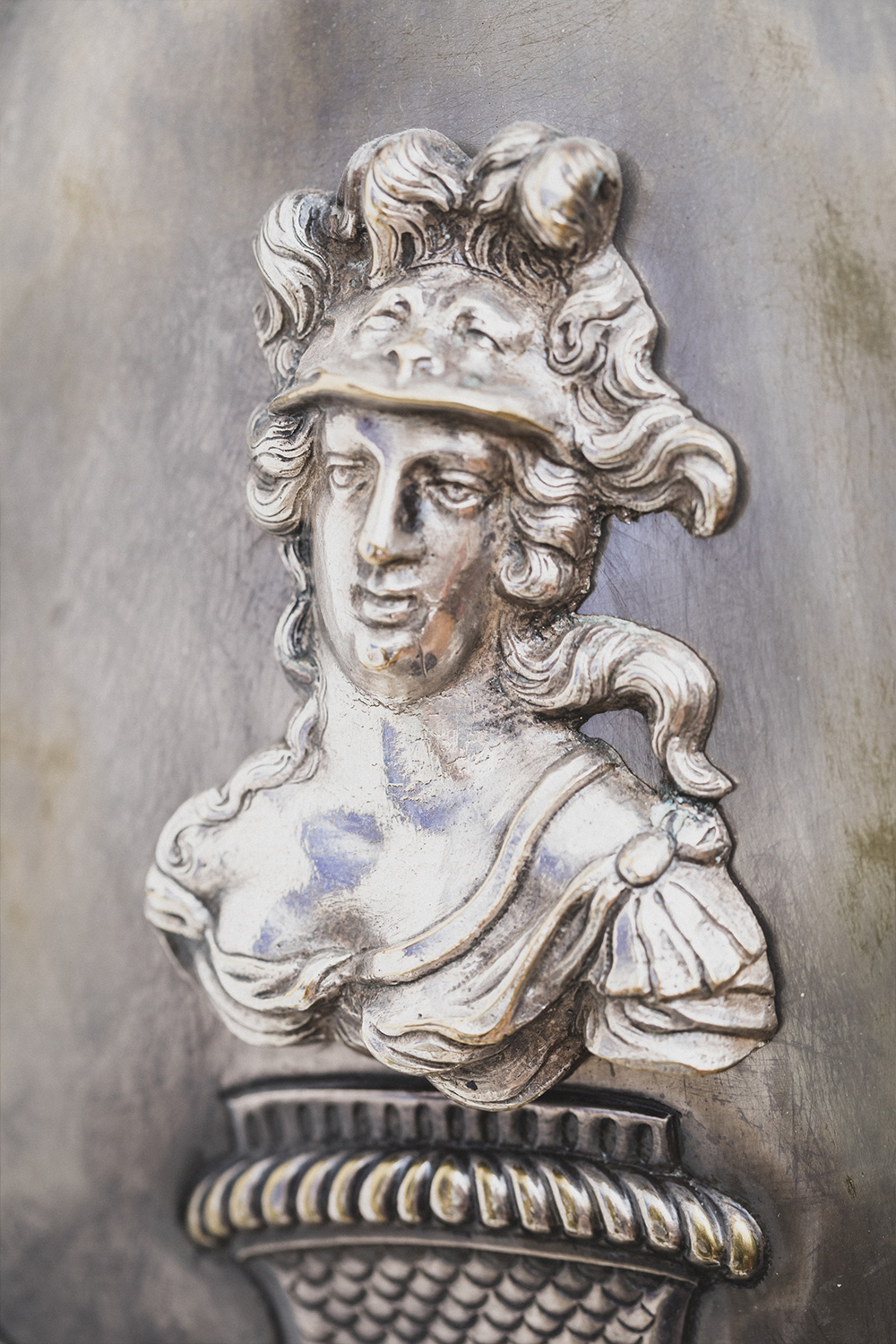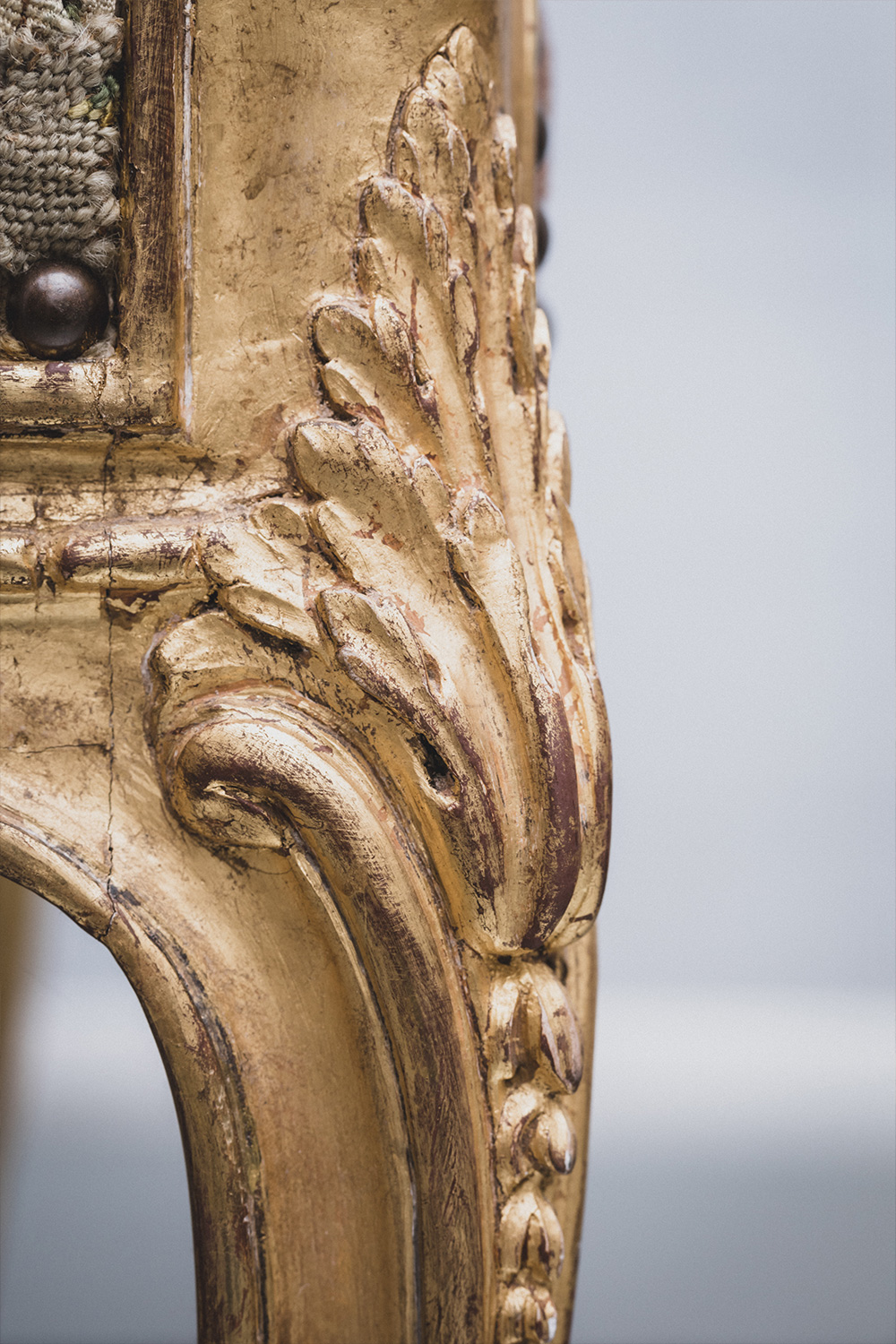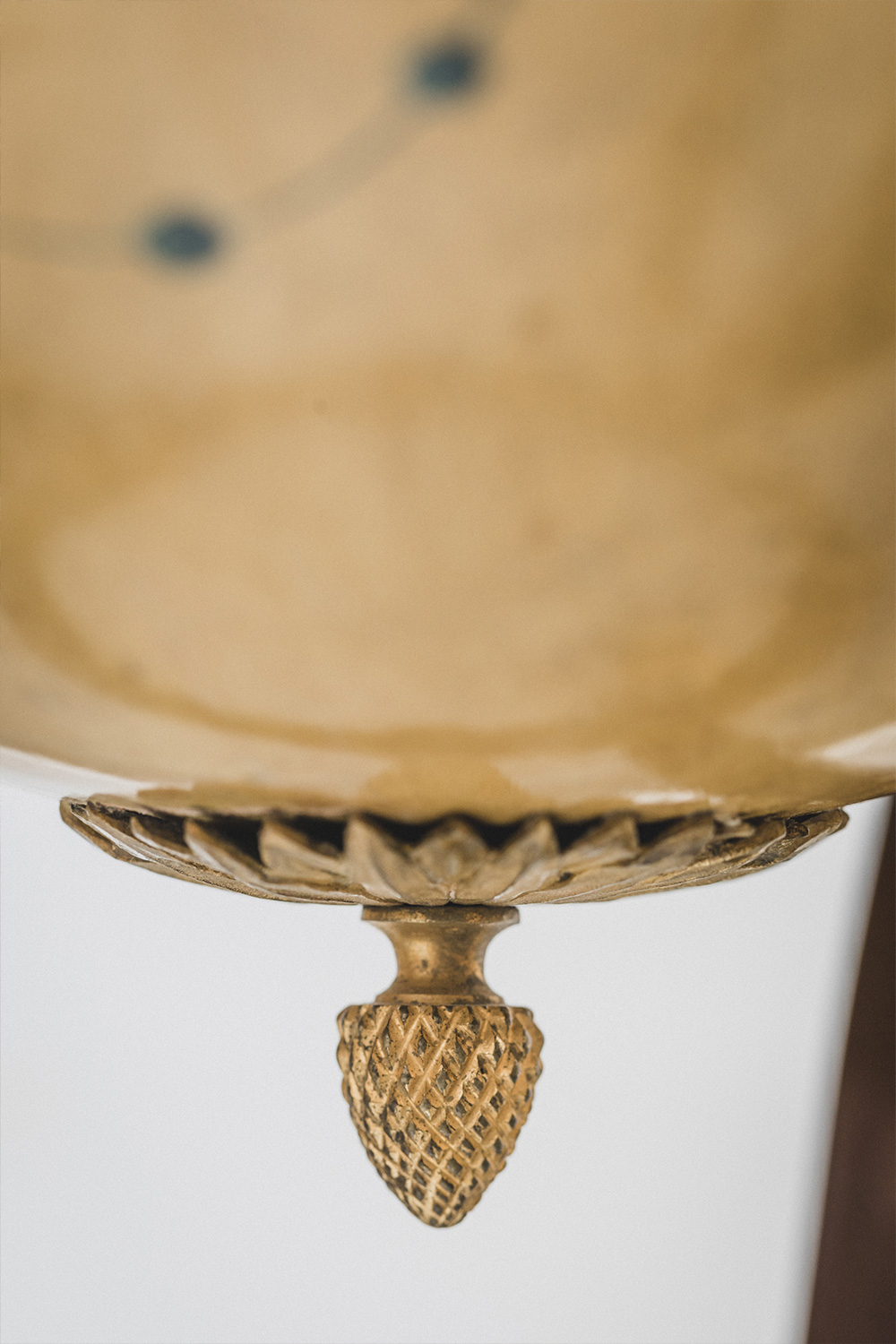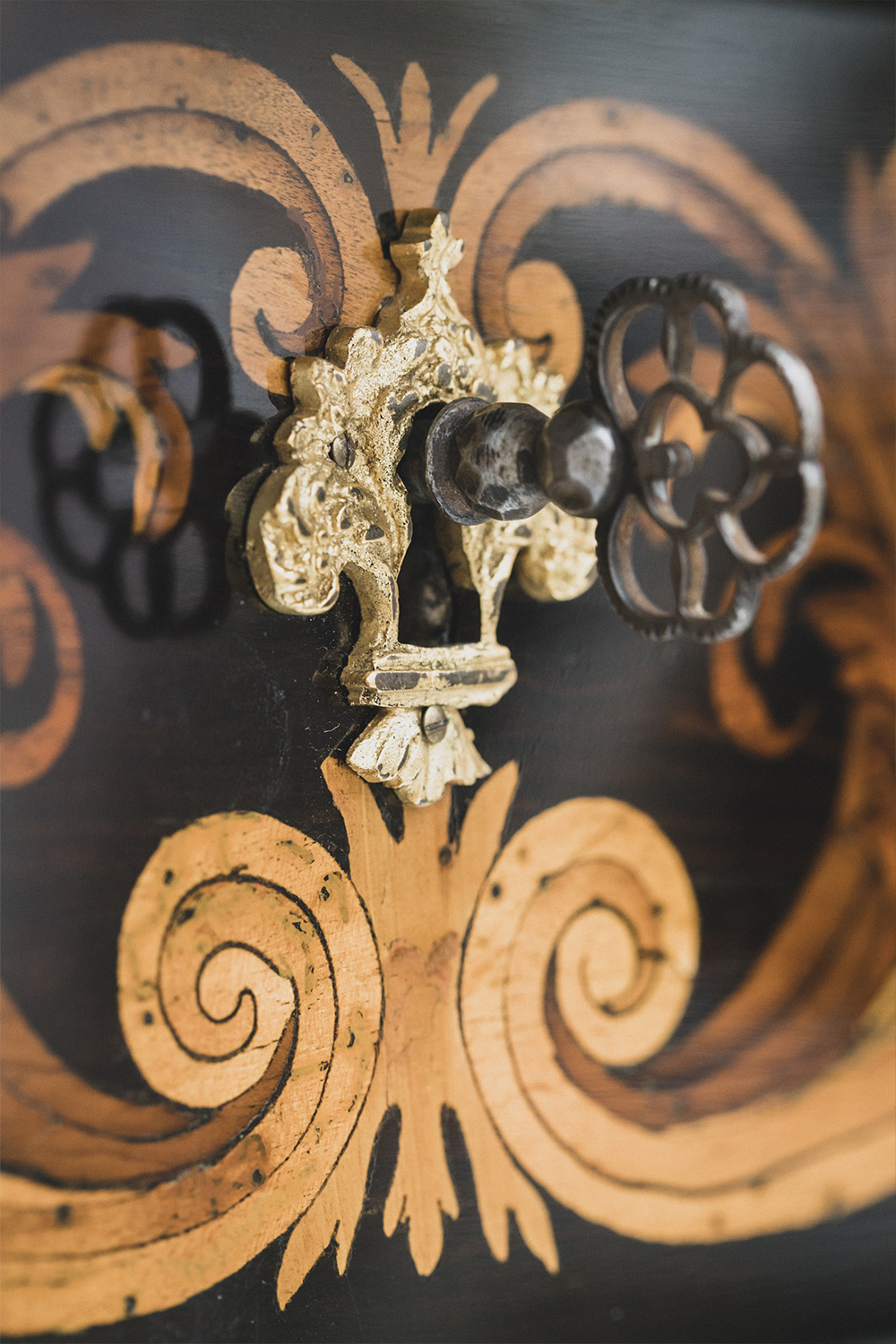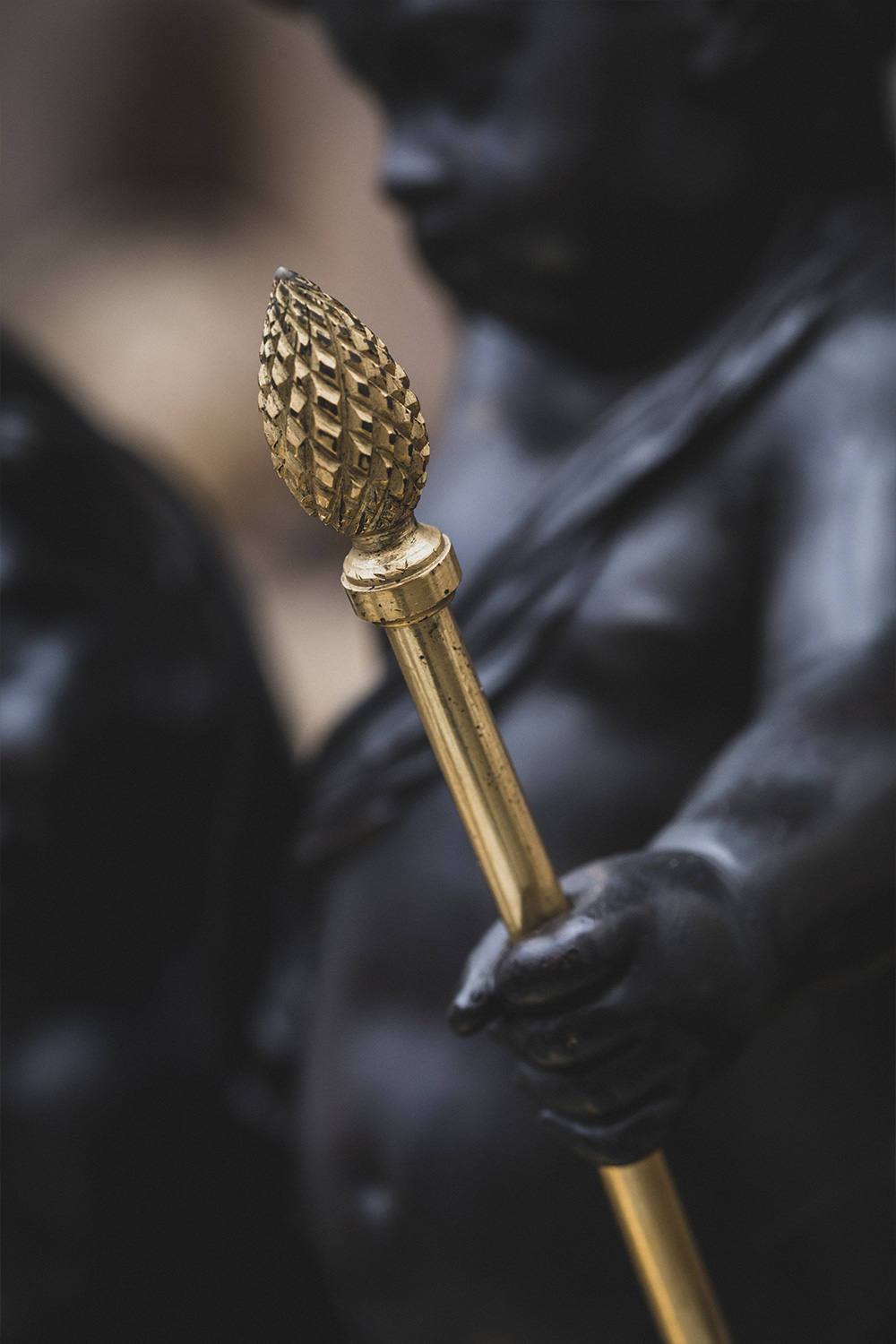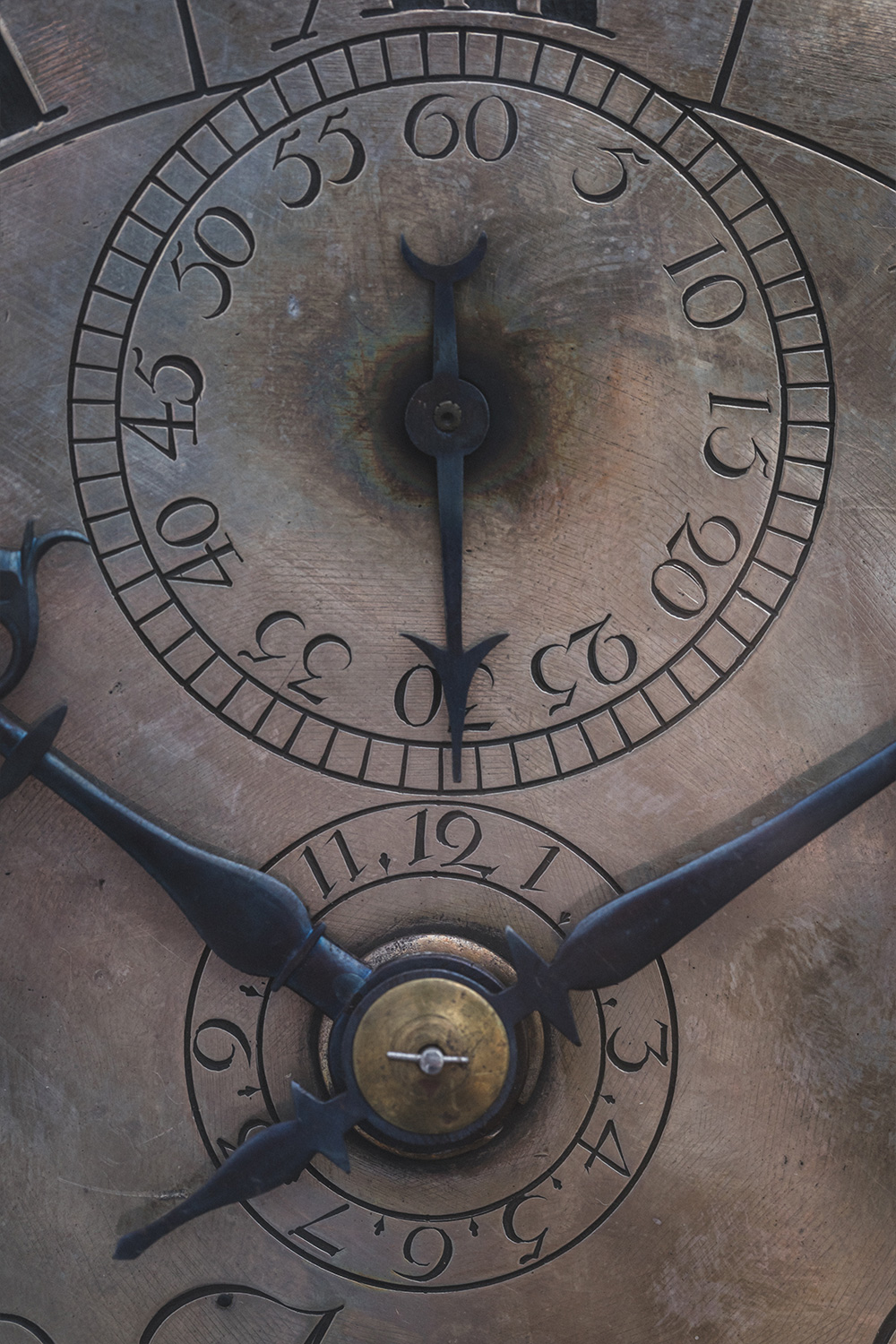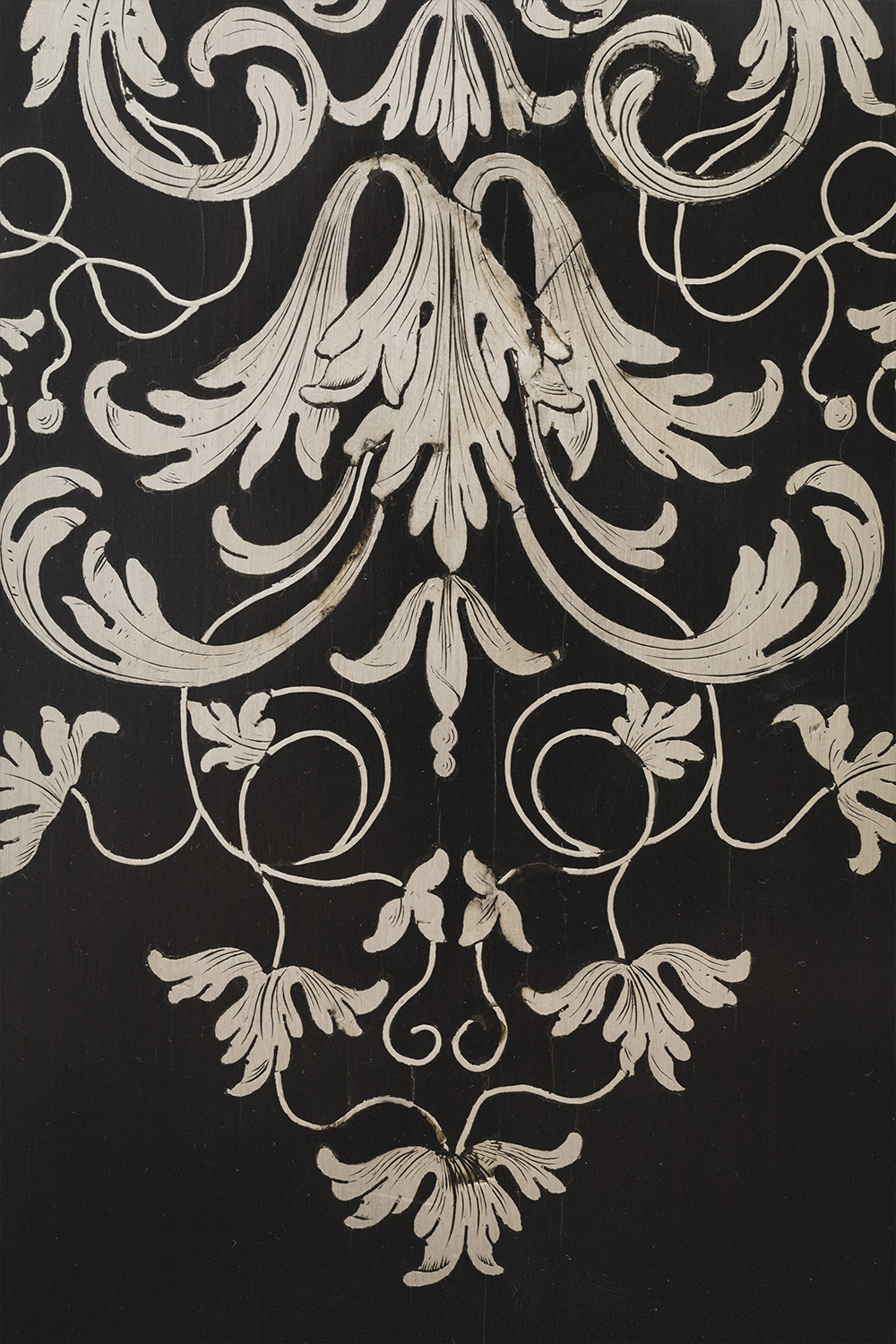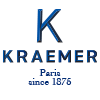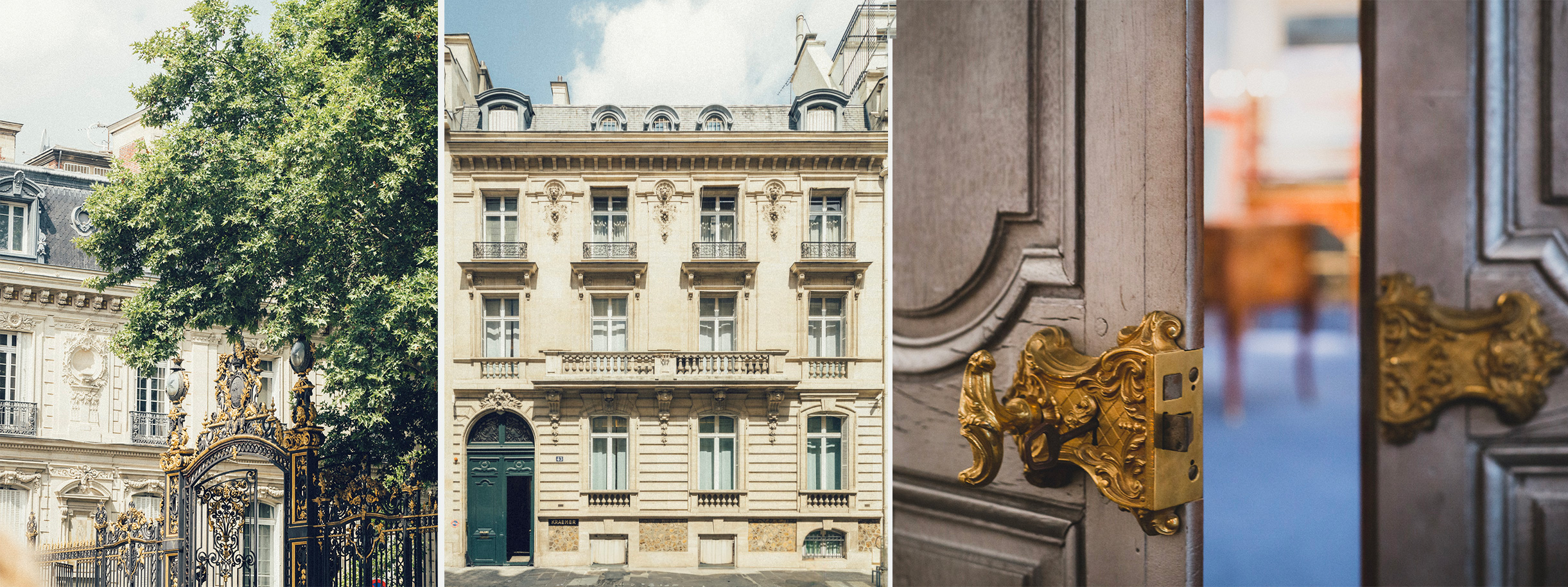
Kraemer, c’est d’abord une histoire qui dure depuis 1875.
Chez eux, on n’est pas dans une maison de commerce, ni dans une galerie d’art : on est chez eux. Ne dit-on pas qu’on se rend « chez les Kraemer » sans que l’interlocuteur sache de quel membre de la famille il s’agit tant ils forment un tout, et sans faire la distinction entre les appartements de parade et les appartements de commodité ? Il en était ainsi dans les hôtels dits particuliers de la plaine Monceau au temps où les frères Pereire suggérèrent aux Camondo de s’y installer.
Ici, entre les murs du 43 rue de Monceau, l’hôtel des Kraemer est un écrin qui compte autant que le bijou ; mais lorsque celui-ci s’émancipe et le quitte, on se réjouit car il va vivre sa vie et trouver un autre éclat. Ici, c’est la famille qui reçoit, nul autre qu’un ou une Kraemer. Pour Olivier, Laurent, Mikael, Sandra et Alain : l’accueil, c’est déjà l’esprit maison. Celui qui voudra le définir sans le réduire devra également faire intervenir la rigueur dans la sélection des objets, un certain goût dans la vision d’un monde très français enchâssé entre 1680 et 1790, un penchant pour l’originalité, sans oublier la rareté, leur signature ; car dans la mesure où ils s’approvisionnent peu dans les ventes aux enchères, et le plus souvent auprès des particuliers, quitte à aller les chercher un peu partout en Europe ou aux Etats-Unis, leurs meubles ont peu fréquenté le marché.
Il faut sonner et pousser une lourde porte, sans avoir nécessairement pris rendez-vous, quand bien même l’adresse aurait quelque chose de confidentiel. Juste une plaque sur la façade où les lettres composant leur nom, et rien d’autre qui y soit gravé, s’abstiennent de briller. Contre toute attente, c’est ouvert au public. Le professionnel comme l’amateur savent qu’ils seront accueillis.
C’est une expérience que de se frotter à des gens d’expérience surtout lorsqu’ils ont assez de distance pour se présenter comme « des brocanteurs de luxe » ; il est vrai que ces antiquaires poussent la fibre dynastique jusqu’à assurer une présence constante de la famille en ses lieux et donc ses meubles, autant dire dans le motif, prêts à dégainer le tournevis et la lampe de poche pour s’assurer que tout, jusqu’au moindre bronze ciselé et doré, est bien d’époque et n’a pas subi les outrages d’une mauvaise réparation.
La discrétion est de mise, et non le secret. Il est vrai qu’on n’y recherche pas la médiatisation et que l’on y privilégiera toujours l’accueil personnel.
Chez Kraemer
Le lieu est sécurisant car confortable, suffisamment en retrait pour donner au visiteur l’illusion d’être hors du monde, dans un jardin du XVIIIème siècle suspendu entre la rue et le parc. Il n’en fut pas pour autant à l’abri des soubresauts du siècle : pillé pendant l’Occupation de la France par les nazis, Raymond Kraemer, aidé de son jeune fils Philippe, dût repartir de zéro au lendemain de la guerre et batailler durant des années avant de reconstituer un fonds de qualité pour redevenir leader dans son domaine.
Kraemer est l’une des rares galerie d’art sur la place de Paris qui ait noué de longue date des relations de confiance avec les musées et entretenu des rapports suffisamment privilégiés pour que ceux-ci leur achètent des pièces rares sans être traversés par le doute quant à la provenance, ou qu’ils les leur empruntent pour des expositions. Car les conservateurs savent que ces marchands n’ont jamais été indulgents avec les objets. En retour, la galerie peut s’enorgueillir de posséder du mobilier et des objets d’art dits de qualité muséale, expression qui n’est ni vaine ni gratuite tant elle se mérite et ne s’acquiert qu’à l’épreuve du temps.
Comment des meubles, des objets, des tapisseries, des tableaux d’époque parviennent-ils à être datés sans paraître démodés ? Un mystère qui doit relever du génie des lieux, phénomène d’autant plus pratique qu’il est inexplicable. De même serait-on bien en veine d’expliquer pourquoi, souvent, ce qui est rare est beau.
Cent-quarante années ont passé depuis que Lucien Kraemer s’est établi à Paris, au lendemain du départ de son Alsace natale occupée par les Prussiens. La plus ancienne facture conservée dans les archives de la maison, établie au nom du baron Gustave de Rothschild, date de 1895. Avec le temps, les critères de jugement (authenticité, rareté, originalité, charme, beauté) transmis jusqu’à la sixième génération, l’actuelle jeune garde de la maison, n’ont pas changé, pas plus que l’émotion à la découverte d’un objet. Aujourd’hui, de jeunes amateurs d’art n’hésitent pas à incruster un écho du XVIIIème dans un décor contemporain ; convaincus de la modernité d’un tel mélange, Kraemer les y encourage dans ses murs d’exposition même : certaines boiseries n’y sont-elles pas recouvertes d’un gris acier Porsche ?
Pierre Assouline, écrivain

